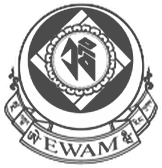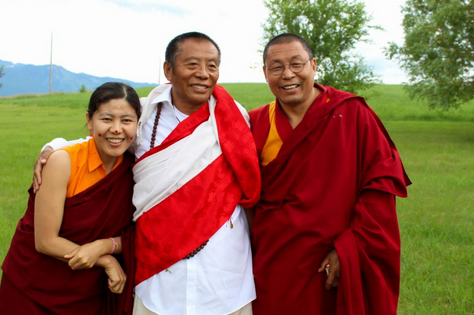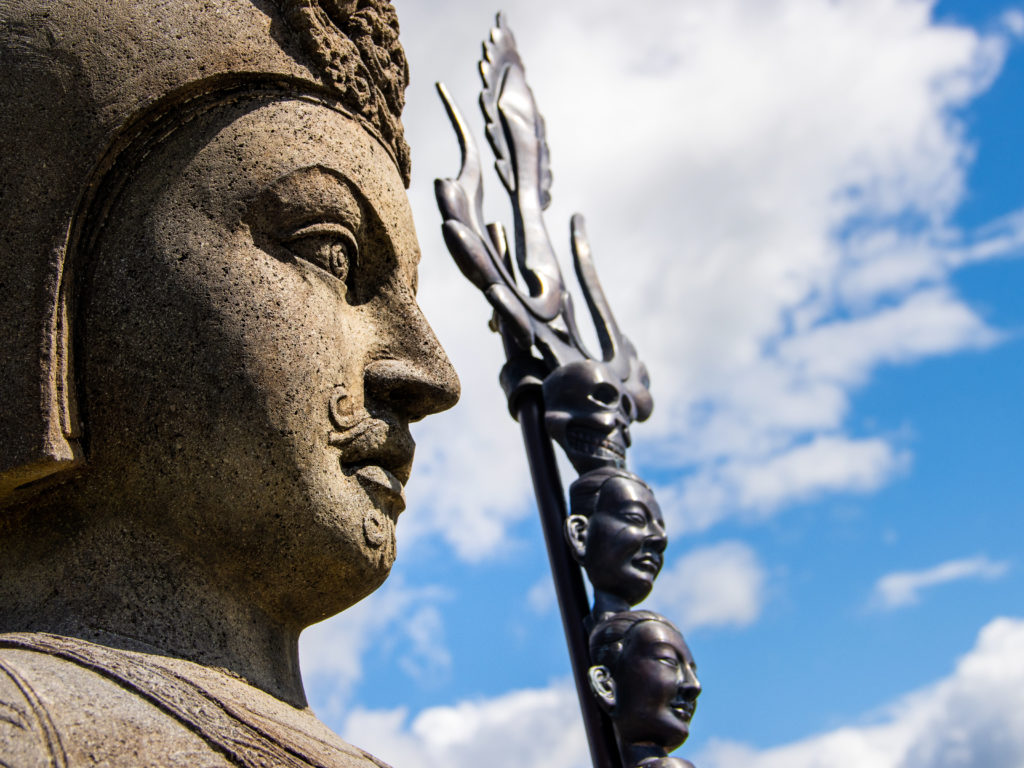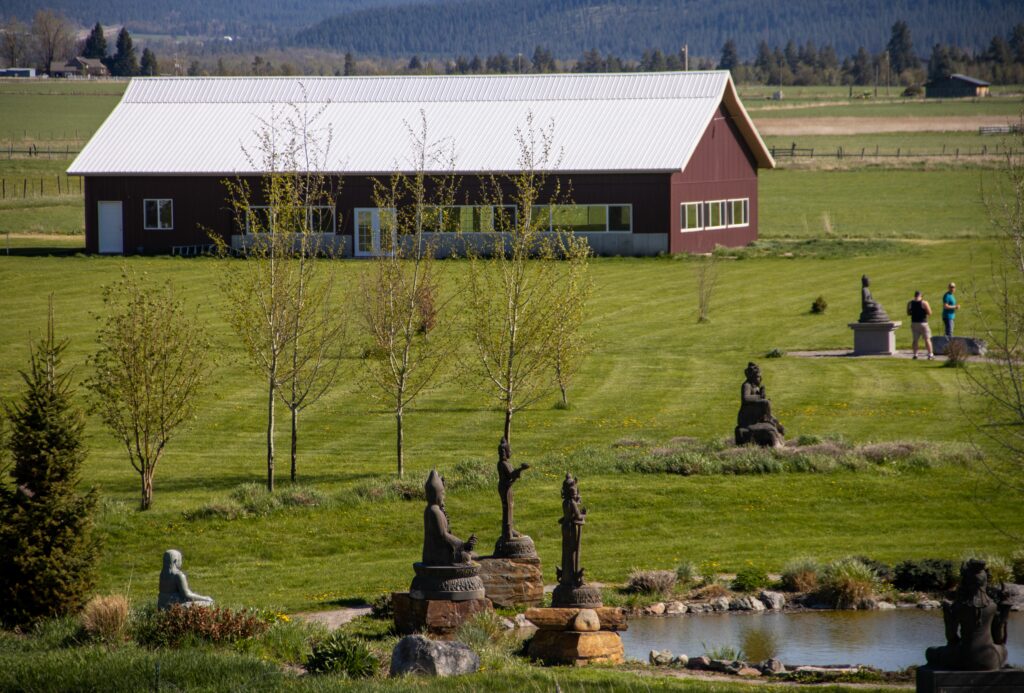Traditional Buddhism for Modern Times
In July 2016, Sang-Ngag Rinpoche inaugurated the Ewam Buddhist Institute (shedra) at the Garden of One Thousand Buddhas in Montana. Rinpoche was the first to teach Jigme Lingpa’s seminal text Treasury of Precious Qualities in its entirety in North America, which will be the primary text in the summer Buddhist studies curriculum. We also offer many other weekend retreats and classes in both philosophy and Buddhist practice in both Montana and Santa Fe, New Mexico. Check the programs page for more information about upcoming classes and schedules.
Message from Tulku Sang-Ngag Rinpoche on the Institute (shedra)
I’ve been living in America for many years, and in those years, we’ve done a great amount of work. We created many representations of the Buddha as you can see in the Garden of a Thousand Buddhas. This was created as a place to bring people together, as a place of pilgrimage.
The primary reason for gathering here is to study and practice the Dharma. The teachings of the Buddha are divided into those of scripture and those of realization. The dharma of scripture is the subject of shedra. I would like to say Tashi Delek and express my thanks to the Abbot of the shedra, Khen Rinpoche, the sponsor, and to all of you who are attending. The dharma of realization is that which is accomplished in your practice.
Today, I am just finishing teachings on Yeshe Lama and in it there is a discussion of the bardo of becoming, in which it is said that hearing the teachings is of primary importance. Hearing, or study, is said to be the eliminator of the darkness of unaware ignorance. All of you should be working hard in study, contemplation, and meditation. We must accomplish the three—hearing, contemplation, and meditation. The text which we will be studying is the Treasury of Precious Qualities, a text which completely and unerringly presents the paths of the beings of three capacities and the nine vehicles, beginning with the exposition of the difficulty of attaining a human birth and continuing all the way to the Luminous Great Perfection.
It will be very virtuous and beneficial if all who are attending the shedra don’t merely listen to the teachings, but ask questions and apply what you are learning to your practice as much as possible. In that way, our study and practice will be like a lamp which illuminates the darkness, like the sun rising to light the morning. Together with how the Dharma is spreading all over the west, we should join in and add to the spreading of the teachings and practice of the traditions of sutra and tantra and bring peace to this world.
So, it is extremely important that we establish this shedra. We can practice on the basis of our hearing and cutting through our doubts and misunderstandings with contemplation. Without knowing anything, there can be no practice. This is really important, so keep it in mind.
The spreading of the teachings is not just my responsibility. All of the students, with Khen Rinpoche and Jetsunma as their leaders, should be applying themselves in these activities and reaping their fruits and should work hard to spread, hold, and sustain the teachings.’






